
Perry County is a county located in the U.S. state of Ohio. As of the 2020 census, the population was 35,408. Its county seat is New Lexington. It was established on March 1, 1818, from parts of Fairfield, Washington and Muskingum counties. The county is named for Oliver Hazard Perry, a hero of the War of 1812. Perry County is included in the Columbus, OH Metropolitan Statistical Area. One of the poorest counties in the state, this is where the lawsuit challenging Ohio's school funding system, DeRolph v. State, began.

Roseville is a village in Warren County, Illinois, United States. The population was 892 at the 2020 census. It is part of the Galesburg Micropolitan Statistical Area.
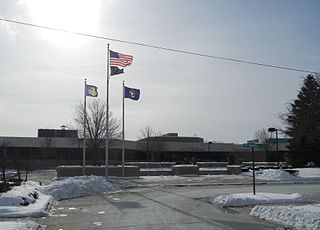
Roseville is a city in Macomb County in the U.S. state of Michigan. A northern suburb of Detroit, Roseville is located roughly 13 miles (20.9 km) northeast of downtown Detroit. As of the 2020 census, the city had a population of 47,710.
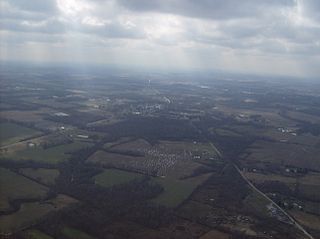
Fayetteville is a village in Perry Township, Brown County, Ohio, United States. The population was 317 at the 2020 census.

Fredericktown is a village in Knox County, Ohio, United States. The population was 2,648 at the 2020 census.
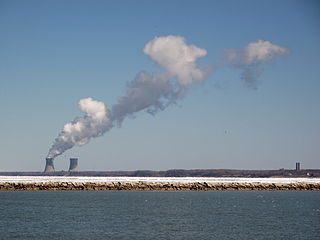
North Perry is a village in Lake County, Ohio, United States. The population was 915 at the 2020 census.
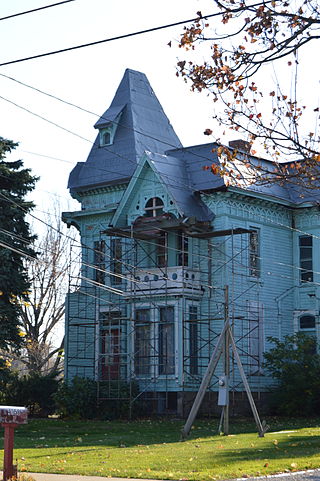
Perry is a village in Lake County, Ohio, United States. The population was 1,602 at the 2020 census.

Harbor Hills is a census-designated place (CDP) in southern Licking County, Ohio, United States. The population was 1,565 at the 2020 census.

Hartford is a village in the township of the same name in Licking County, Ohio, United States. The population was 404 at the 2020 census.

Sebring is a village in southwestern Mahoning County, Ohio, United States. The population was 4,191 as of the 2020 census. It is part of the Youngstown–Warren metropolitan area.

South Zanesville is a village in Muskingum County, Ohio, United States, along the Muskingum River near the mouth of the Moxahala Creek. The population was 1,894 at the 2020 census. It is part of the Zanesville micropolitan area.

Corning is a village in Perry County, Ohio, United States. The population was 488 at the 2020 census.

Glenford is a village in Perry County, Ohio, United States. The population was 165 at the 2020 census.

Hemlock is a village in Perry County, Ohio, United States. The population was 142 at the 2020 census. The village was originally settled as Coaldale on June 15, 1869, and established as Hemlock on July 15, 1872. A post office was in operation until October 3, 1986.

Junction City is a village in Perry County, Ohio, United States. The population was 721 at the 2020 census.

New Lexington is a village in and the county seat of Perry County, Ohio, United States, 21 miles (34 km) southwest of Zanesville and 45 miles (72 km) miles southeast of Columbus. The population was 4,435 at the 2020 census.

Shawnee is a village in Perry County, Ohio, United States. The population was 505 at the 2020 census. It is 9 miles (14 km) south of the county seat of New Lexington.

Thornville is a village in Perry County, Ohio, United States. It is 20 miles (32 km) north of the county seat of New Lexington. The village had a population of 1,087 as of the 2020 census.
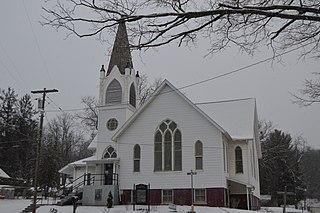
Macksburg is a village in Washington County, Ohio, United States, along the West Fork of Duck Creek. The population was 120 at the 2020 census. The village is about 28 miles (45 km) south of Cambridge, Ohio.

Roseville is a village in Muskingum and Perry counties in the U.S. state of Ohio, along Moxahala Creek. The population was 1,746 at the 2020 census. It is part of the Zanesville micropolitan area. Roseville is served by a branch of the Muskingum County Library System.






















